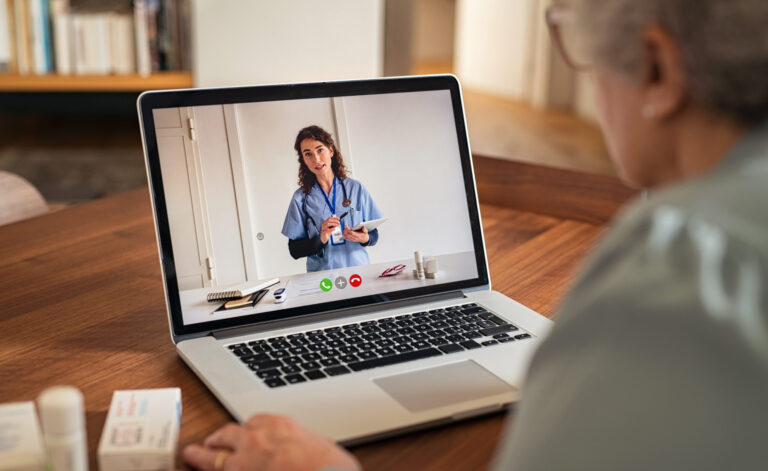Over the last two years, the U.S. healthcare system has worked around the clock to care for countless patients. The struggle has been intense, and hospitals and health systems nationwide have risen to the challenge.
Still, the heavy influx of patients resurfaced a long-standing problem. Healthcare disparities remain significant, drastically reducing access to quality care services for racial, ethnic and cultural minority groups.
At the same time, the pandemic highlighted this pervasive problem. It also revealed a potential solution. The rapid pivot toward virtual care demonstrated these tools and technologies are highly effective in bringing necessary services to underserved groups and improving their outcomes.
The current state of healthcare disparities
Efforts to close the gaps in healthcare access and outcomes have been ongoing for roughly two decades. Although some progress has been made, there’s still much more to do. One of the most significant factors affecting disparities is the continued increase in chronic disease. Chronic conditions are nearly twice as likely to impact patients from racial and ethnic minority groups than those who are Caucasian.
According to recent data from the Kaiser Family Foundation, people of color, including Black, Hispanic, American Indian and Alaska Native communities, experience worse outcomes for most health measures. For example, 45% of Black men and 40% of Black women have high blood pressure — roughly double the rate for white patients. In addition, Hispanic adults are 70% more likely than non-Hispanics to be diagnosed with diabetes.
Virtual care solutions, such as remote patient monitoring (RPM) and hospital-at-home (HAH) care, can give patients affected by healthcare disparities greater access to quality care, potentially reducing the cost of care and helping patients learn to manage their conditions appropriately.
Impacts of virtual care on health disparities
- Teach chronic disease management: Patients with limited access to healthcare frequently don’t understand their chronic condition well or how it’s best managed. Frequent virtual care communication can be a teaching tool to help patients better control their disease. For example, RPM helped close the disparities gap for Black patients with diabetes, producing a 12% reduction in elevated blood sugar levels.
- Increase access to providers: RPM allows patients with limited transportation options the opportunity to connect with healthcare providers who can address their needs, most often in a more culturally appropriate way. Currently, patients miss 25% of doctor’s appointments due to transportation complications, including no access to a vehicle or living a long distance away.
- Decrease cost of care: For patients who need hospital care but who are stable enough to stay at home, a HAH program that provides inpatient services in the patient’s house can save as much as 30% per patient. The level of care is the same, and patients experience fewer complications.
- Identify early signs of disease or disease progression: Staying in closer contact with patients who might not otherwise be able to come in for regular check-ups helps physicians keep a more watchful eye on any symptom changes or progress. Early detection frequently leads to less invasive intervention and better outcomes. In chronic obstructive pulmonary disease (COPD) cases, RPM reveals any shift in symptoms that can alert providers to COPD exacerbation.
- Address non-medical barriers to care: Social issues sometimes inhibit a patient’s access to care, making them vulnerable to disparities. Through RPM, doctors can discern whether a patient faces food insecurity, racial discrimination when accessing resources, or even difficulty obtaining health insurance. These conversations are an opportunity for healthcare providers to intervene.
Black patients with diabetes who received care through RPM experienced a 12% drop in their blood sugar after three months.
How Conduit can help you address health disparities
Conduit Health Partners offers RPM and HAH solutions that can help minimize the impact of health disparities for your patients in underserved communities. Through our customized tools, our nurses and healthcare providers deliver care to your patients who face an uphill battle to obtain the health services they need. With our services, you can:
- Increase access to care
- Improve outcomes and patient engagement
- Empower patients with more information to understand their health better
- Provide access to earlier interventions
With Conduit Health Partner’s RPM and HAH solutions, you can ensure your patients receive the highest level of care, potentially improving their outcomes.
Through virtual care, you can work with your patients to help them achieve greater control over their health and well-being. Connect with us to learn more.


